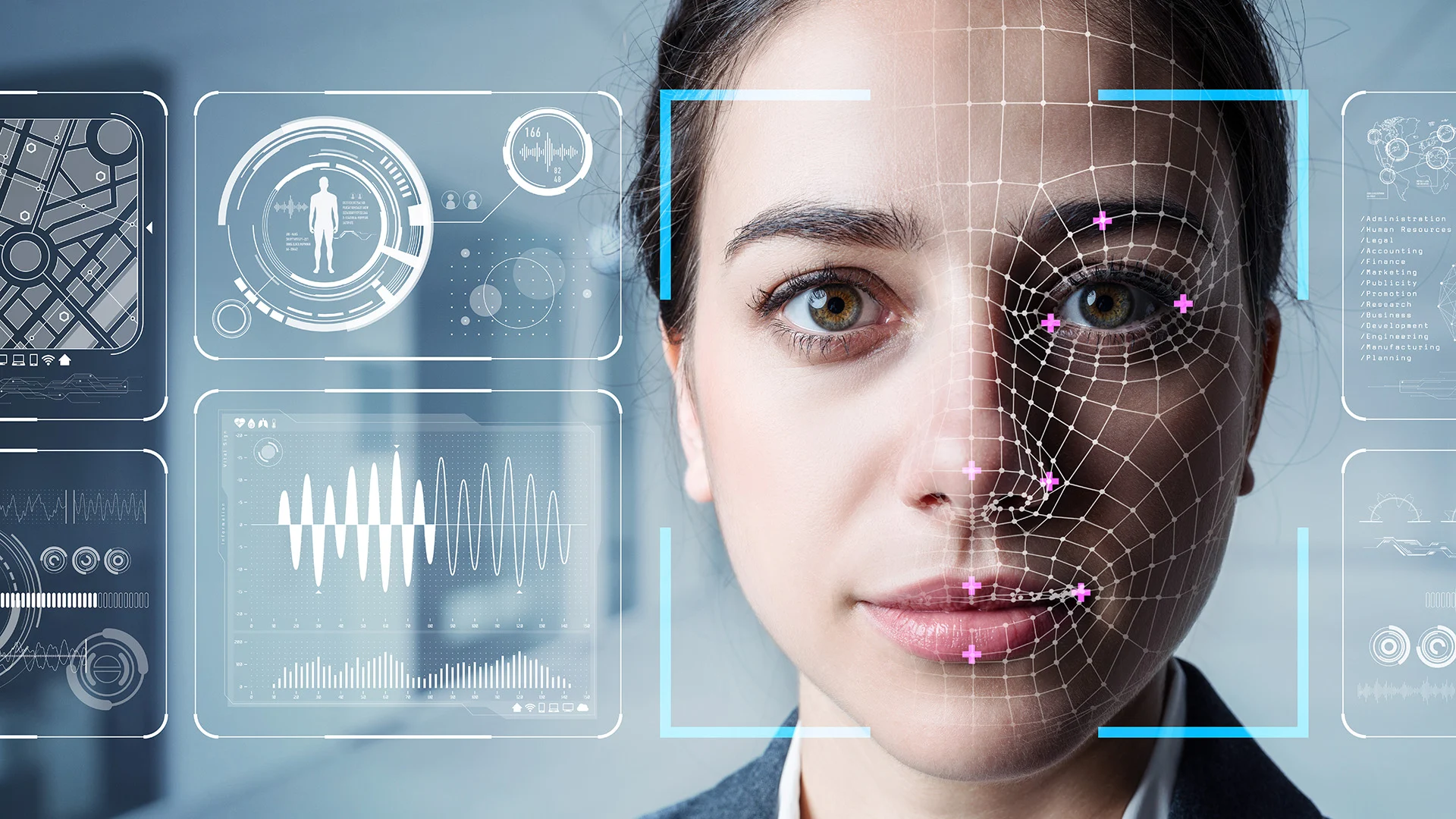Addressing Privacy and Compliance Concerns in Emergency Communication
In today’s rapidly evolving digital landscape, the need for effective emergency communication systems has never been more critical. Whether you are in healthcare, education, or any other industry, ensuring the safety and security of your employees, students, or patients is a top priority. However, as organizations adopt advanced technology solutions for emergency communication, they must also navigate the complex terrain of privacy and compliance regulations. In this blog post, we will explore the challenges and strategies for addressing privacy and compliance concerns in emergency communication.
The Digital Transformation of Emergency Communication
Traditional methods of emergency communication, such as manual phone calls and overhead announcements, are no longer sufficient in our fast-paced world. Modern emergency communication systems leverage technology to deliver critical messages rapidly and to a wide audience. These systems include mass notification solutions, mobile apps, and panic button integrations, all designed to enhance situational awareness and response times.
However, with this digital transformation comes a new set of challenges related to privacy and compliance. Organizations must strike a delicate balance between leveraging technology for improved safety and adhering to legal and ethical obligations.
Healthcare: Protecting Patient Privacy
In the healthcare industry, patient privacy is sacrosanct. The Health Insurance Portability and Accountability Act (HIPAA) in the United States and similar regulations worldwide mandate strict safeguards for patient information. When implementing emergency communication solutions, healthcare providers must ensure that patient data remains confidential.
One way to address this concern is to choose emergency communication systems that are HIPAA-compliant. These systems encrypt sensitive information and provide access controls to limit who can view patient data during emergencies. Training staff on HIPAA guidelines and the proper use of communication tools is also essential.
Education: Safeguarding Student Data
In the education sector, the Family Educational Rights and Privacy Act (FERPA) in the U.S. protects the privacy of student records. Educational institutions must be cautious when implementing emergency communication systems to avoid unintentional breaches of student data.
To comply with FERPA and similar regulations, schools and universities should select emergency communication solutions that prioritize data security and restrict access to student records. Additionally, clear policies and procedures should be established to govern the handling of student information during emergencies.
General Data Protection Regulation (GDPR): A Global Concern
For organizations operating in the European Union or dealing with EU citizens’ data, compliance with the General Data Protection Regulation (GDPR) is paramount. GDPR places stringent requirements on the processing of personal data, including data collected during emergency communication.
To meet GDPR requirements, organizations should choose emergency communication systems with strong data protection features, including encryption and the ability to obtain explicit consent for data processing. Transparency about data usage during emergencies is also crucial to maintain GDPR compliance.
Best Practices for Privacy and Compliance in Emergency Communication
- Select the Right Technology: Choose emergency communication solutions that are designed with privacy and compliance in mind. Look for features like data encryption, access controls, and audit trails.
- Regular Training: Ensure that your staff is well-trained on privacy regulations and the proper use of emergency communication tools. This includes understanding what data can be shared during emergencies and with whom.
- Data Minimization: Collect and share only the necessary data during emergency communication. Avoid unnecessary personal information and focus on the specifics needed for safety and security.
- Transparency: Be transparent with stakeholders about how their data will be used in emergency situations. Obtain clear consent where necessary, especially when dealing with sensitive personal information.
Discover 911cellular: Your Partner in Privacy-Compliant Emergency Communication
At 911cellular, we understand the paramount importance of privacy and compliance in emergency communication. Our cutting-edge solutions are designed to not only enhance safety and security but also protect your organization’s data and uphold regulatory requirements.
Whether you are in healthcare, education, or any other industry, our customizable emergency communication systems are tailored to your unique needs. Visit 911cellular.com to explore our solutions and learn how we can help you address privacy and compliance concerns while ensuring the safety of your stakeholders.
Conclusion
In the digital age, effective emergency communication is a necessity, but it must be accompanied by a commitment to privacy and compliance. Organizations across industries must navigate the complex landscape of regulations while leveraging technology to enhance safety and security. By choosing the right emergency communication solutions and implementing best practices, you can strike that delicate balance and protect both your stakeholders and your organization’s reputation.
Take the next step towards privacy-compliant emergency communication. Visit 911cellular.comtoday
Tags: Emergency notifications Hospital safety Campus safety Emergency communication Healthcare safety Higher education safety







